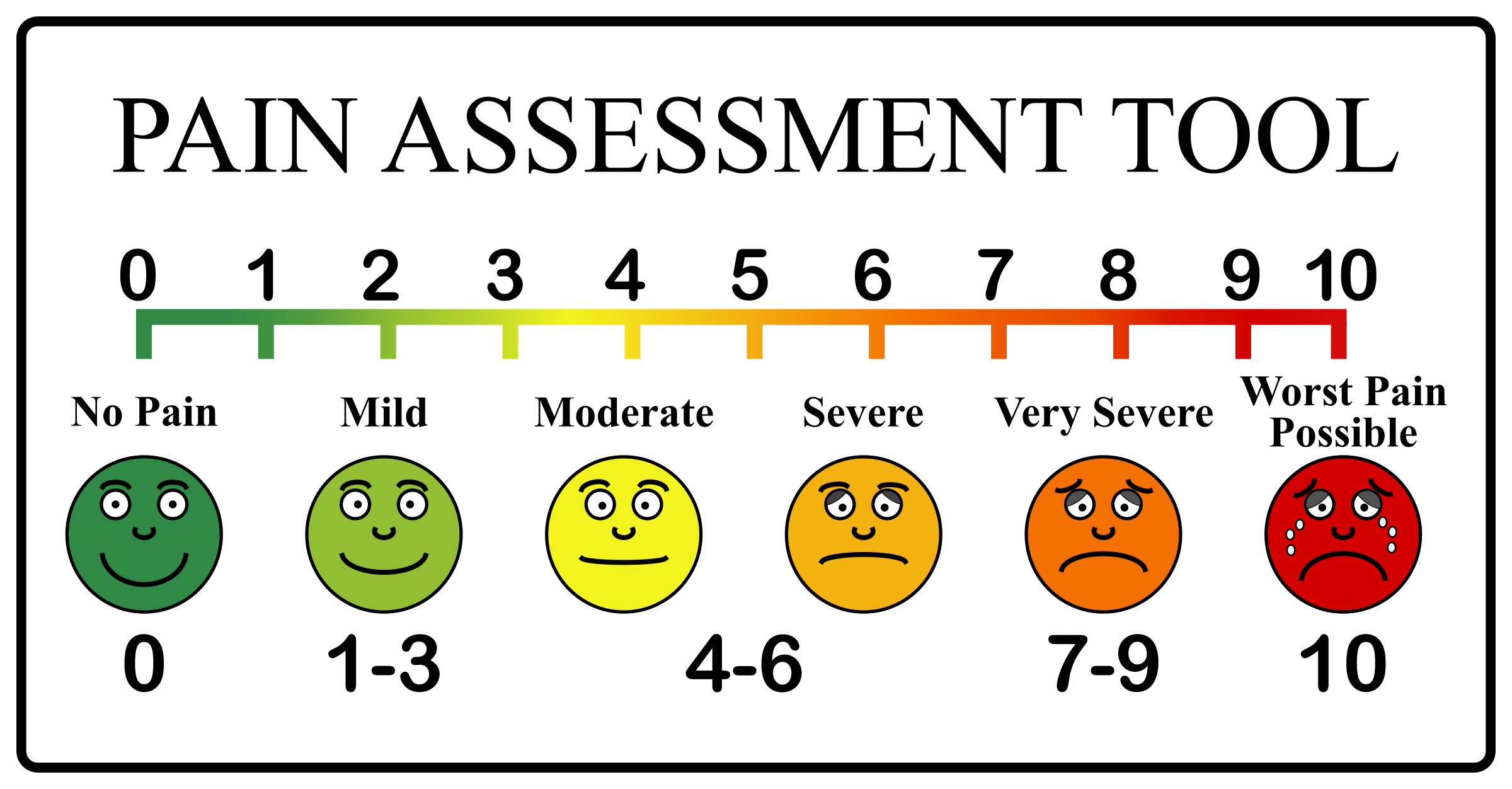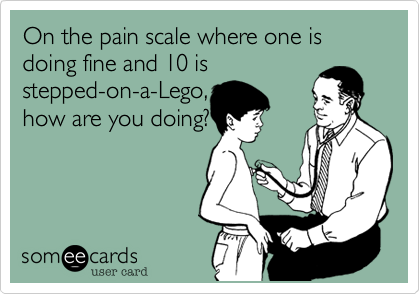Where Does it Hurt? How to Communicate Your Pain
Pain.
“Pain” is probably the most common word I hear in my daily life. As a physical therapist, I strive to do many things: treat injuries, correct physical imbalances, help people to understand how to live healthier lives, and of course, relieve pain.
Pain relief is by far the number one reason people seek physical therapy, and it is an important part of our lives. Pain is an output from the brain telling us that something is wrong. However, there are many factors that can confuse that signal. It can be impacted by psychological factors such as depression or anxiety, your social environment can influence your pain, it can be referred to other areas of the body, and severe pain can even affect your ability to determine left from right. Our perception of pain can be altered to the point that we do not understand its nature; much less can we communicate that pain accurately.
Communicating that pain can often be a challenge as well because we all experience pain in our own way.
There is no way of knowing your own tolerance for pain. There are methods to measure your resistance to a known force, but there is no scientific way to determine what your pain “feels like”. You may be familiar with this classic pain scale:
Classic Pain Scale
This has been the standard for many years, but it provides very basic information about what is happening. Personally, as a parent of 2 boys, I can relate to this pain scale a bit better:
The Lego Pain Scale
Thankfully, a much better communication tool exists! This downloadable .pdf provides a way for you to describe the type of pain, duration, and other factors that might be affecting your pain. Use this Pain Profile the next time you need to understand or describe your pain to a physical therapist or other medical professional!



